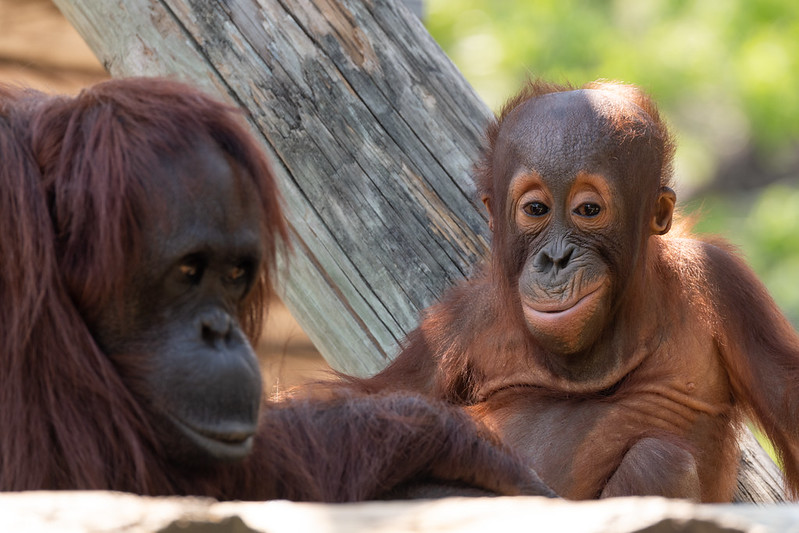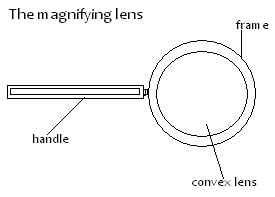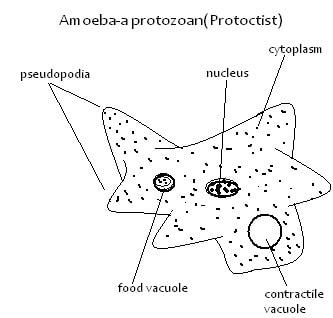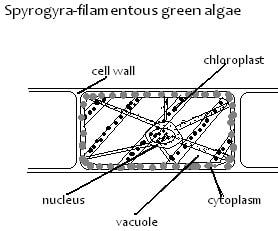Objectives of Teaching Classification 1: Developing a Deeper Understanding of Living Organisms20/11/2023 Objectives of Teaching Classification 1
This information aligns with the Kenyan 8-4-4 education system, which is currently being replaced by the Competency-Based Curriculum (CBC) system. Classification 1 is a topic covered in Form 1 and is commonly examined by the Kenya National Examinations Council (KNEC) during the Kenya Certificate of Secondary Education (KCSE) examinations. The primary purpose of sharing this piece is to provide teachers and learners with valuable insights on what to focus on when studying this topic.
Objectives of Teaching Classification
Teaching classification plays a crucial role in helping learners develop a deeper understanding of the living world around them. By the end of this topic, learners should be able to achieve the following objectives:
0 Comments
Classification 1, Topics, Sub-Topics and Other Contents
Taxonomic Groups
The groups are Taxa (singular Taxon).
These groups, known as taxonomic levels, help in organizing and categorizing the vast diversity of living organisms. The taxonomic groups, in ascending order, are as follows:
Introduction to Classification I. Biology Form 1 Notes
Using a Magnifying Lens
Necessity/need for Classification
CLASSIFICATION I:Binomial Nomenclature
Kingdoms
Living organisms are classified into five kingdoms namely;
Kingdom Fungi
Kingdom Monera (Prokaryota)
Kingdom Protoctista
Kingdom Plantae
Kingdom Animalia
External Features of Organisms
In plants we should look for:-
TOPIC OBJECTIVESBy the end of the topic, the learner should be able to:
topics / sub-topics breakdown
Classification IIntroduction Classification is putting organisms into groups. Classification is based on the study of external characteristics of organisms. It involves detailed observation of structure and functions of organisms. Organisms with similar characteristics are put in one group. Differences in structure are used to distinguish one group from another. The magnifying lens is an instrument that assists in the observation of fine structure e.g. hairs by enlarging them. Using a Magnifying LensA specimen is placed on the bench or held by hand, Then the magnifying lens is moved towards the eye until the object is dearly focused and an enlarged image is seen. The magnification can be worked out as follows: Note: magnification has no units. Necessity/need for ClassificationTo be able to identify organisms into their taxonomic groups. To enable easier and systematic study of organisms. To show evolutionary relationships in organisms. Major Units of Classification (Taxonomic Groups)Taxonomy is the study of the characteristics of organisms for the purpose of classifying them. The groups are Taxa (singular Taxon). The taxonomic groups include:
KingdomsLiving organisms are classified into five kingdoms namely;
Kingdom FungiSome are unicellular while others are multicellular. They have no chlorophyll. Most are saprophytic e.g. yeasts, moulds and mushrooms. A few are parasitic e.g. Puccinia graminae. Kingdom Monera (Prokaryota)These are very small unicellular organisms. They lack a nuclear membrane do not have any bound membrane organelles. Hence the name Prokaryota. They are mainly bacteria, e.g. Vibrio cholerae. Kingdom ProtoctistaThey are unicellular organisms. Their nucleus and organelles are surrounded by membranes (eukaryotic). They include algae, slime moulds - fungi-like and protozoa Kingdom PlantaeThey are all multicellular. They contain chlorophyll and are all autotrophic. They include; Bryophyta (moss plant), Pteridophyta (ferns) and Spermatophyta (seed bearing plants). Kingdom AnimaliaThese are all multicellular and heterotrophic. Examples are annelida (earthworms), mollusca (snails),athropoda, chordata . Example of Arthropods are ticks, butterflies. Members of Chordata are fish, frogs and humans. External Features of OrganismsIn plants we should look for:- Spore capsule and rhizoids in moss plants. Sori and fronds in ferns. Stem, leaves, roots, flowers, fruits and seeds in plants. In animals, some important features to look for are: Segmentation, presence of limbs and, number of body parts, presence and number of antennae. These are found in phylum arthropoda: Visceral clefts, notochord, nerve tube, fur or hair, scales, fins, mammary glands, feathers and wings. These are found in chordata. Binomial NomenclatureOrganisms are known by their local names. Scientists use scientific names to be able to communicate easily among themselves. This method of naming uses two names, and is called Binomial nomenclature. The first name is the name of the genus: (generic name) which starts with a capital letter. The second name is the name of the species (specific name) which starts with a small letter. The two names are underlined or written in italics. Man belongs to the genus Homo, and the species, sapiens. The scientific name of man is therefore Homo sapiens. Maize belongs to the genus Zea, and the species mays. The scientific name of maize is Zea mays. Practical ActivitiesUse of Collecting Nets, Cutting Instruments and Hand Lens. Forceps are used to collect crawling and slow moving animals. Sweep nets are used to catch flying insects. Cutting instrument like scapel is used to cut specimen e.g. making sections. Hand lens is used to magnify small plants and animals. Drawing of the magnified organism are made and the linear magnification of each calculated. Collection and Detailed Observation of Small Plants and Animals E.g. moss, ferns, bean. Look for the following: Moss plants: Rhizoids and spore capsules. Fern plants: Rhizomes with adventitious roots; large leaves (fronds) with Sori (clusters of sporangia). Seed plants: Tree/shrub (woody) or non-woody (herbs) e.g. bean. Root system - fibrous, adventitious and tap root. Stem - position and length of internodes. Type of leaves - simple or compound; arranged as alternate, opposite or whorled. Flower - colour, number of parts, size and relative position of each: Fruits - fleshy or dry; edible or not edible. Seeds - monocotyledonous or dicotyledonous. Small animals e.g. earthworms, tick, grasshopper, butterfly, beetles. Observe these animals to see:
|
Archives
January 2024
Categories
All
|
Can't find what you are looking for? Don't worry, Use the Search Box Below.
|
Primary Resources
College Resources
|
Secondary Resources
|
Contact Us
Manyam Franchise
P.O Box 1189 - 40200 Kisii Tel: 0728 450 424 Tel: 0738 619 279 E-mail - sales@manyamfranchise.com |













 RSS Feed
RSS Feed

